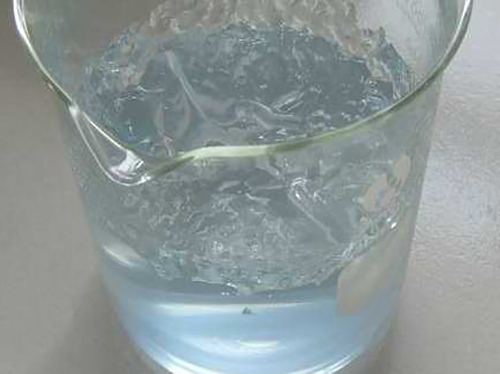flocculant vs coagulant
Flocculants vs. Coagulants Understanding the Differences in Water Treatment
In the realm of water treatment and purification, flocculants and coagulants play critical roles in ensuring water is clean and safe for consumption. While they both serve to remove impurities from water, their functions and mechanisms differ significantly. Understanding these differences is essential for selecting the appropriate treatment method for specific water quality issues.
Definitions and Functions
Coagulants are substances that promote the agglomeration of suspended particles in water, facilitating their removal. When added to water, coagulants such as alum (aluminum sulfate), ferric chloride, or polyaluminum chloride neutralize the negative charges on particles, allowing them to bond together. This process forms larger particles known as flocs. Coagulation is typically the initial step in water treatment, preparing the suspended solids for subsequent removal.
Flocculants, on the other hand, are agents that enhance the coagulation process by promoting the growth of these larger flocs. Common flocculants include polymers like polyacrylamide and natural substances like guar gum. These agents not only help in binding smaller flocs together but also increase the size and weight of the resulting aggregates, making them easier to separate from the water in subsequent filtration processes. Flocculation usually follows coagulation and is essential for achieving clearer water.
Mechanisms of Action
flocculant vs coagulant

The mechanisms through which coagulants and flocculants operate highlight their distinct roles. Coagulation involves the destabilization of particles through charge neutralization and collision, while flocculation relies on the physical entrapment of particles by the bridging action of the flocculant molecules. This bridging creates a network that traps particles, leading to the formation of larger aggregates that can settle or be filtered out more efficiently.
Applications and Considerations
When deciding between coagulants and flocculants, several factors should be taken into account, including the quality of the water, the types of impurities present, and the desired outcome of the treatment process. Coagulants are generally the first line of defense against turbidity, while flocculants are employed to improve solid-liquid separation. In many cases, both agents are used in conjunction to maximize efficiency and effectiveness.
The choice of coagulant and flocculant may also depend on regulatory standards, cost considerations, and potential environmental impacts. For instance, some coagulants can add undesirable elements to treated water, whereas environmentally friendly flocculants are being developed to reduce harmful effects.
Conclusion
In summary, while both flocculants and coagulants are essential in water treatment, they serve different but complementary functions. Coagulants function primarily to destabilize and agglomerate particles, while flocculants enhance this process by promoting the growth and settling of larger aggregates. Understanding the roles and mechanisms of each is crucial in developing effective water treatment strategies tailored to specific needs, ultimately contributing to providing clean and safe water for communities.
-
Water Treatment with Flocculant Water TreatmentNewsJun.12,2025
-
Polymaleic AnhydrideNewsJun.12,2025
-
Polyaspartic AcidNewsJun.12,2025
-
Enhance Industrial Processes with IsothiazolinonesNewsJun.12,2025
-
Enhance Industrial Processes with PBTCA SolutionsNewsJun.12,2025
-
Dodecyldimethylbenzylammonium Chloride SolutionsNewsJun.12,2025





